A tiny battery built into smart contact lenses produces its own power through eye blinking, relying on tears and oxygen to power its cells.
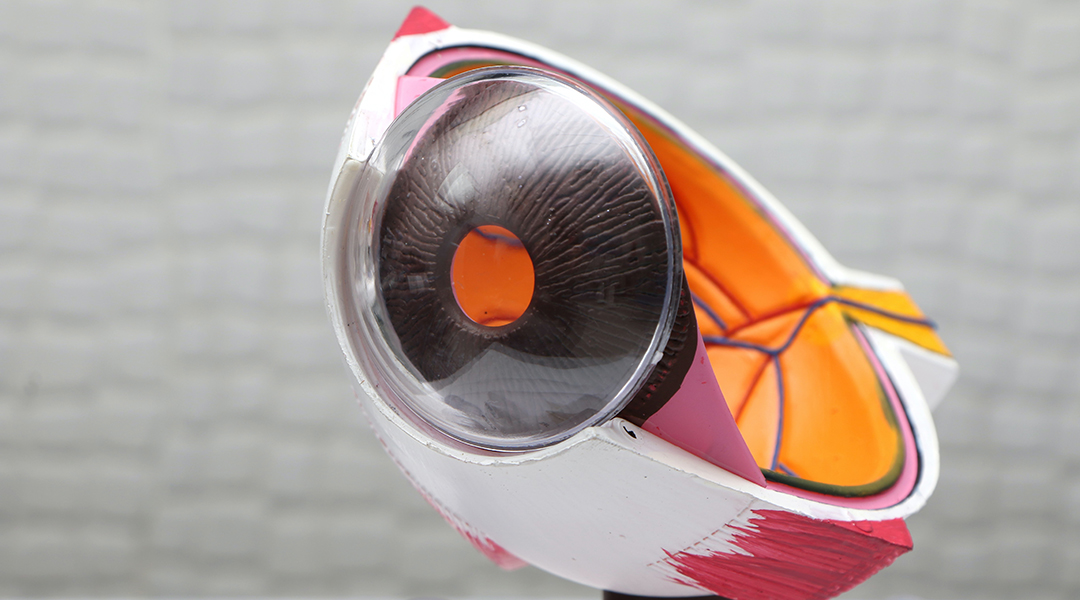

A tiny battery built into smart contact lenses produces its own power through eye blinking, relying on tears and oxygen to power its cells.

Sensors developed to respond to jaw movement can be connected wirelessly to different devices for hands-free control.

Scientists reveal the highly sensitive nature of seal whiskers, which enable them to hunt effectively even in poor visual conditions.
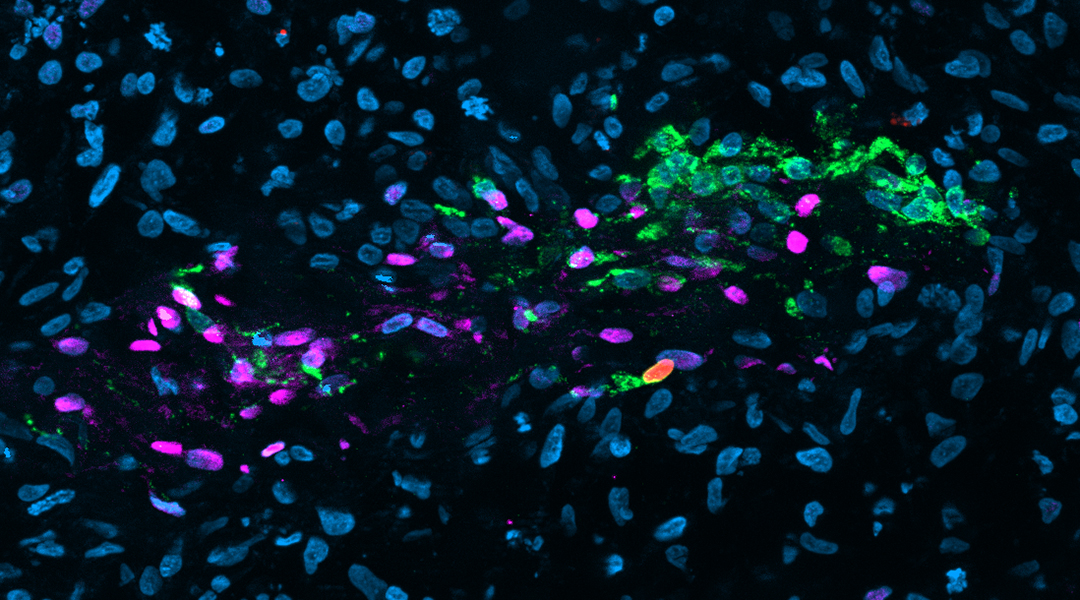
Dehumidifying pendants, the origins of olfactory neurons, microspectrometers, and transforming cancer agents.

The new sensors reliably and uniformly detected molecular signals, and their performance remained intact when tested again after two and a half months.
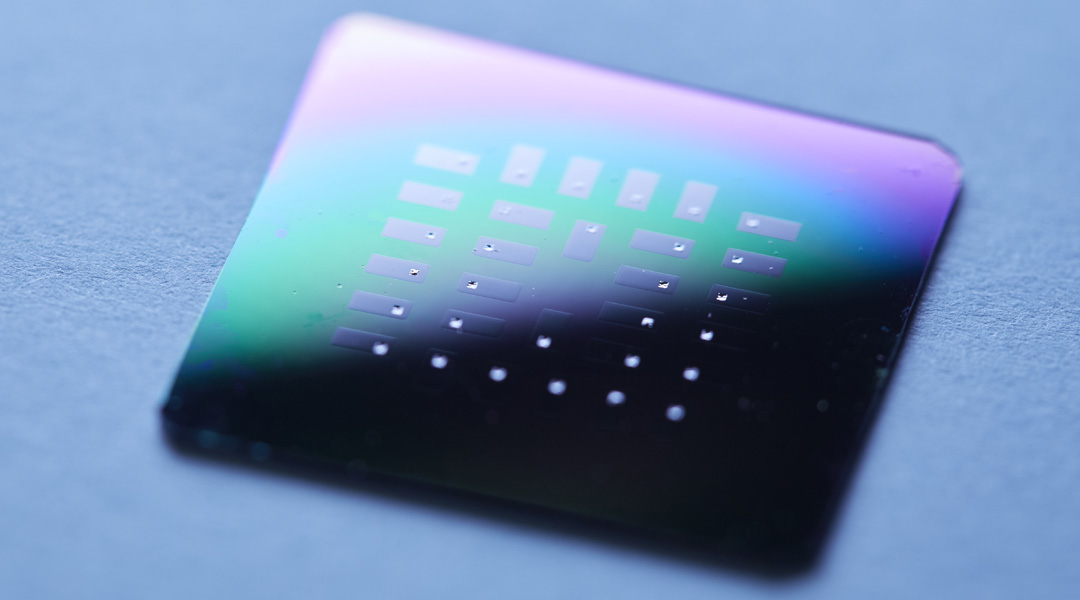
To power next generation chip based medical implants, power sources need to be miniscule and perpetual.
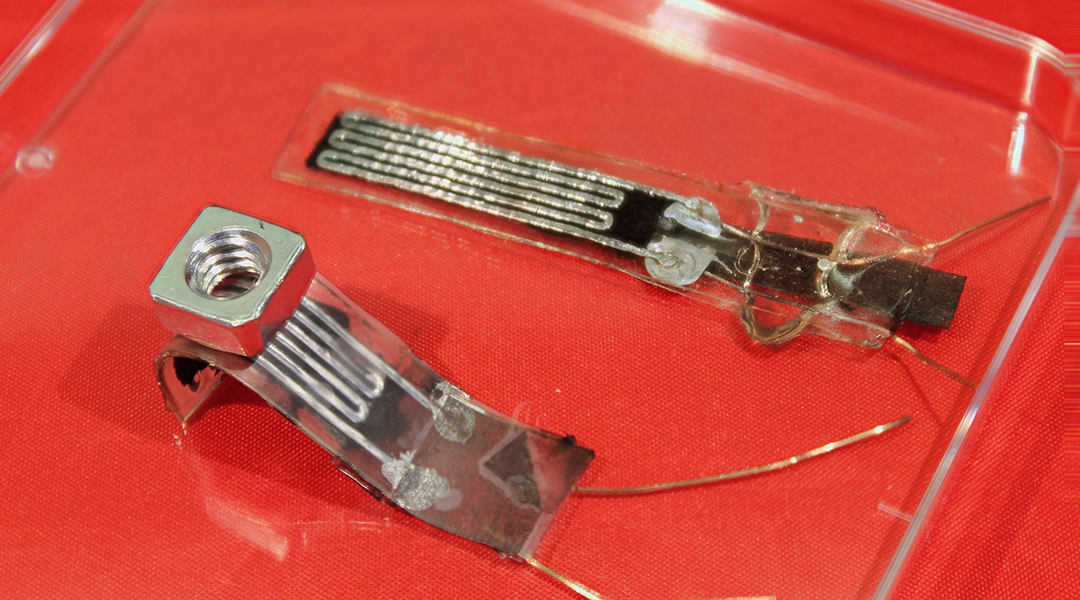
A new surface treatment enhances the adhesion of double-sided tape to make stickier tapes for soft electronics.

A smart electronic nose that mimics the human nose with its millions of receptor cells and ability to differentiate smells.
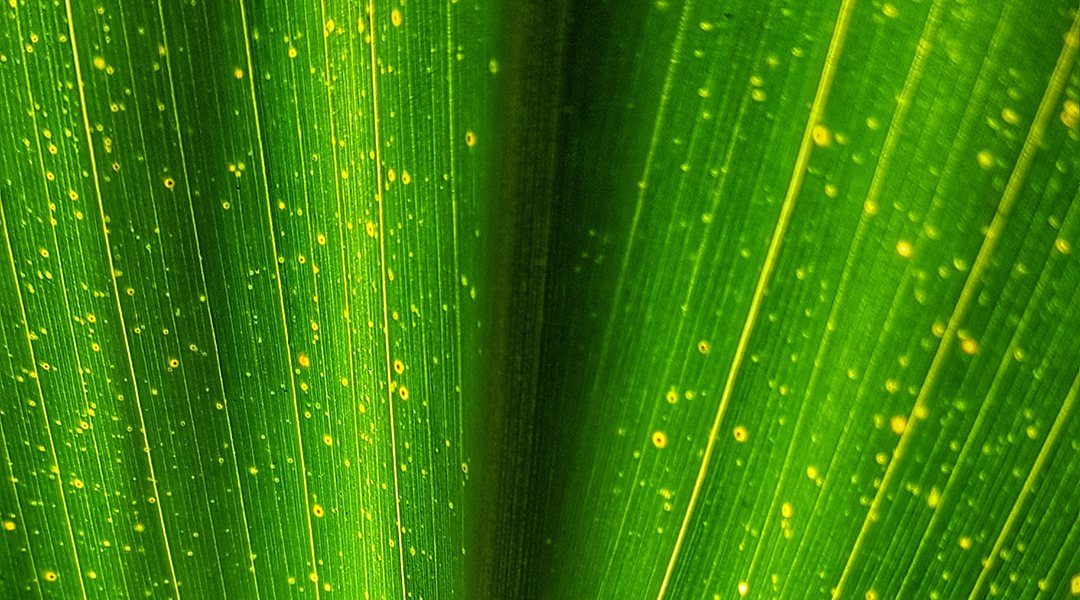
A new device setup enables an interface between biomolecules and electronic materials for biohybrid electronics.

Mechanical engineers put Oreo cream filling through a battery of tests to understand what happens when two wafers are twisted apart.